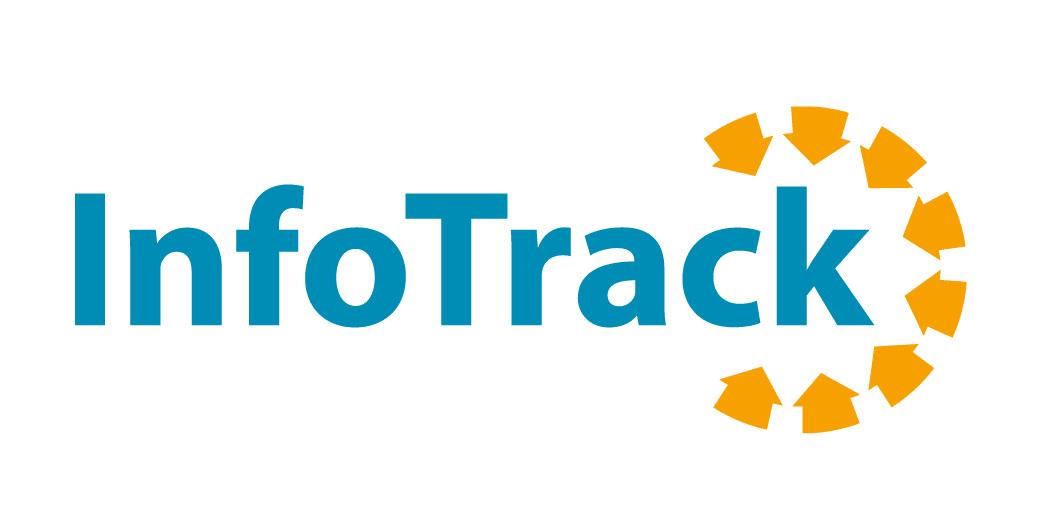
Digital AP1: five things conveyancers need to know
Read InfoTrack‘s guide to navigating the changes coming from HM Land Registry around AP1 applications.
HM Land Registry (HMLR) announced recently the landmark decision to mandate all registered applications be submitted digitally from Autumn 2022, the first example of its kind. The change is being implemented to reduce requisitions, resulting in a faster and smoother overall process. It will, however, involve much preparation as firms go through this significant change to their current methods. With a little under a year to have all firms transition to submitting digital AP1s to make changes to the register, it may feel like there’s plenty of time to begin switching processes in your firm.
With the deadline announced and a clear path to further digitalisation of the conveyancing process, firms should be on top of the key challenges they need to overcome during the transition.
-
Paper forms are disappearing
From November 2022, paper forms for applications to change the register will be made obsolete. With around 80% of the industry still submitting some sort of paper form, whether a scanned PDF or documents sent through the post, there’s a long way to go. If your firm currently populates a paper form or PDF from a matter within your case management system, you’re going to require a new process as you will not be able to submit any way other than digitally.
What does this involve? There are two options available to firms: either set up a new digital process with HM Land Registry’s DRS directly or by working with an integrated specialist software supplier that uses the Land Registry’s Business Gateway. At InfoTrack, we’ve been providing an integrated digital AP1 service since 2016.
-
Get familiar with validations
Validations are a way to reduce the risk of a requisition being raised by minimising incorrect or incomplete information being submitted. By including validations, HMLR caseworkers can process applications quicker and more easily, with less risk of questions or additional document requirements.
Paper forms don’t have validations set within them, so traditionally people have been able to submit any information they prefer on the forms. To minimise the risk of requisitions, firms will need to familiarise themselves with the standard requirements and validations required by HMLR. This will differ depending on the type of transaction and will be a key part of the process of adopting digital AP1s. If you don’t understand the validations in the digital systems, it could slow down submitting your AP1 and result in more requisitions, slowing down the processing of applications overall.
-
Consider your requisition management process
Requisitions are undoubtedly a pain-point for firms when processing AP1s. While we can’t eliminate them completely, there are ways you can reduce how many are raised and improve how they’re managed to make the process less of a burden. Many firms still manage their requisitions manually, whether using a large whiteboard system in the office or manually diarising reminders for key dates. This process carries an ongoing risk of missing deadlines.
The transition to digital AP1s will require firms to reconsider how they manage their requisitions and how they will move to a new process. Whether managing requisitions, cancellations, early completions, or registered AP1, a system that provides transparency across all applications within the firm is essential. Missing key dates delays transactions, and cancellations will result in loss of priority – so getting on top of your processes to avoid potential issues early will ensure a smoother switch to submitting your AP1 digitally.
-
Evaluate your AP1 draft and approval process
Post-completion teams within firms can often involve various team members preparing drafts while others submit. Firms will now need to review their current process and how they can migrate to a digital process as well. What should they consider when reviewing? Users need to know where to find and access drafted applications within the firm, so that submissions can be easily managed without disruption to workflow.
Currently, the Land Registry’s DRS does not allow multiple users with different logins to review the same applications. Firms will need to find a way to review applications made online, while ensuring they do not duplicate or lose data – which would obviously cause serious delays.
-
Start training now
We’re confident that moving to a new digital system for AP1 applications will improve the accuracy of submissions, help reduce requisitions, and ultimately speed up the process – but you can never be too prepared. To get ahead of the deadline, firms must ensure their teams are prepared for the migration to completely digital AP1 applications. Ensuring users are trained on the system, familiar with the new digital process, and up to speed on the changes that will affect how they submit, will put you in great stead to make the process of moving to digital applications simple and hassle-free. We know from experience that this takes time, so we’d urge all firms to start organising themselves around the new digital approach sooner rather than later.
Bonus tip: be prepared for changing fee calculations
The Land Registry has also announced a raft of fee changes that will be applicable from January 2022. This will affect all firms, and systems will need to be updated for quoting, accounting and how fees are calculated. Currently, the HMLR fee bands are not synced with firm calculators, meaning users will have to review a table in the practice guide to manually determine which fees will be applicable for files that are now being onboarded. This could cause difficulties related to reconciliation and billing if fees are different when firms lodge the AP1 later down the line. This is going to involve preparation work by firms to ensure they are ready for the fee changes and already accounting for the changes on all new matters.
We know that changing your processes can feel like a challenge, which is why our post-completion experts at InfoTrack are happy to help any firm looking to make the switch now. Ensuring your firm is aware of the changes coming in 2022, you can be prepared to install processes that make the migration to digital AP1s as hassle-free as possible.
To find out more, talk to our post-completion experts. Visit www.infotrack.co.uk/digitalap1 or call 0207 186 8090.

Five essential pillars of digital transformation for the modern law firm



